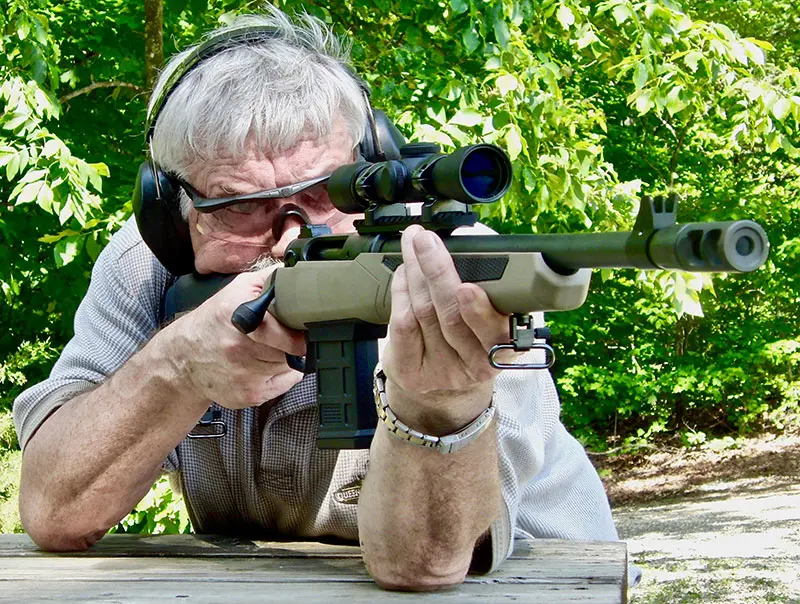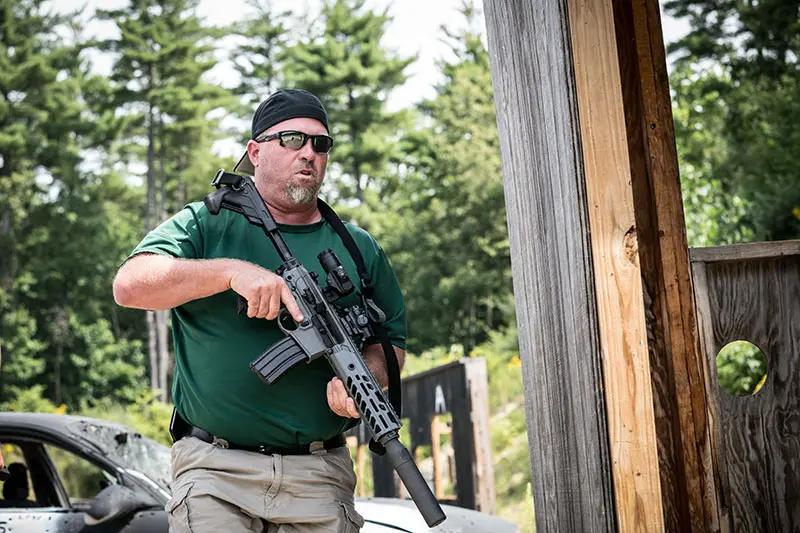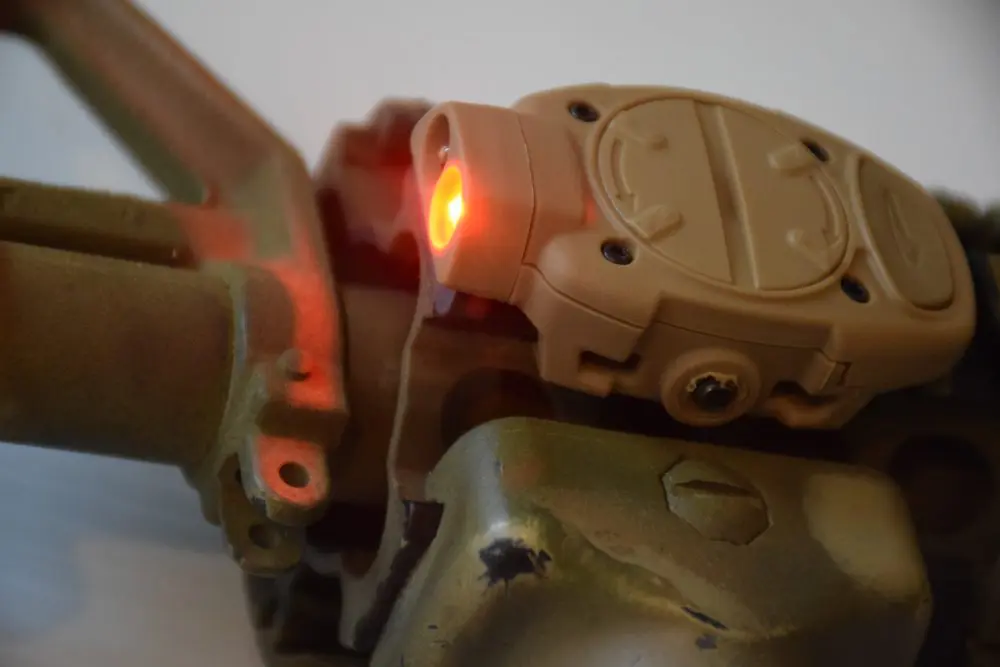If you have not seen the Clint Eastwood-directed movie
Sully, you need to. What does an emergency passenger airplane landing on the Hudson River have to do with police work? As it turns out, just about everything.
I have worked for over 26 years as a designated use-of-force expert on police shooting cases both in Federal and Superior courts. Officers are held accountable for their actions in the field. The real work begins after the trigger has been pressed.
Chesley “Sully” Sullenberger was the pilot of U.S. Airways flight 1549 departing from LaGuardia Airport in New York City on 15 January 2009. As the result of multiple bird strikes, both engines rolled back to a “no power” setting. In the span of 180 seconds, Sully had to make multiple critical life-and-death decisions. He landed successfully on the Hudson River in an event that had heretofore never been experienced by any pilot in the history of aviation. It had never been envisioned in simulations or the ongoing training that all pilots undergo on a yearly basis.
Many officer-involved-shooting (OIS) situations have much in common with this event. Shootings that have never and could never be envisioned. These are events in which permutations, obstacles, impediments, and unique event sequences have never before been encountered. Therefore, one could not possibly train to what one cannot possibly envision. In the movie Sully, a full inquiry is depicted. I don’t know to what degree the inquiry depicted in the film mirrors the reality of the actual inquiry, but I’m guessing it’s pretty accurate.
They depict two sets of pilots in simulators with all the settings designed to mirror what Sully experienced. Altitude, airspeed, control settings, and all enacted within the exact same timeline. The board’s intention is to illustrate that Sully could have returned to LaGuardia or flown to Trenton, New Jersey, safely landed and avoided the water landing, thereby saving the aircraft. On both simulated occasions, both sets of pilots in both scenarios safely return to the airports.
Sully then raises the most important and mitigating factor that the board had conveniently decided to overlook. He queries the board, “How many times did the pilots rehearse this demonstration scenario we just viewed?” The answer: 17 times. The simulator pilots had to rehearse it 17 times before they got it right—and they knew what was coming. Sully never had this latitude afforded to him.
They made instantaneous flight corrections the very moment the bird strikes were simulated. In real life, Sully had to analyze and determine what had occurred, how it affected flight performance, and how to correct for multiple engine failures in mere seconds. When both simulator sets of pilots factored in real-world human reaction to an unprecedented event and then re-ran the scenario, both sets of pilots crashed with a total loss of life.
I have come up against so-called “use of force experts” who criticize officers’ actions. One notable expert admitted in deposition he had not even fired his pistol in seven years but yes, he was an expert in all things tactical, deadly force, and firearms related. Ridiculous.
Some so-called “experts” have not a single scintilla of real-world experience, but find criticism with each and every aspect of those actions of the real men and women in the field whom they are paid to criticize. (There is a specific word for this)
What is depicted rather accurately in the movie Sully is the clinical examination of an individual’s action absent the reality of the human factor in concert with compressed time constraints. Use-of-force boards, opposing attorneys and opposing “experts” are often comprised of individuals with extremely limited real-world experience who have the luxury of months, if not years, to arrive at every conceivable alternative absent the stress of time limits.
This is the nature of shooting investigations and what one might expect in some boards of inquiry. I have no problem with inquiries. I have no problem with critiques. I do have a problem with those inquiring and critiquing who have the luxurious latitude of sitting in an air-conditioned vestibule without the stress of a life-imperiling event and arriving at unrealistic conclusions derived from little or no real experience.
I am aware of some use-of-force review boards that have brought in actual field tactical experts and then, for reasons unknown, summarily dismissed whatever input they might have offered. One might consider this bringing in a token tactical expert simply for the appearance of impartiality. Vexing, to say the least.
Studying a departmental manual ad nauseam does not translate into the tactical reality of the field. Unfortunately, the very people who decide the legitimacy of any use of force are sometimes the most ill-qualified, uninformed, least practical and, in my opinion, least qualified to do so.
My partner and I, both in SWAT, both instructors and operators, were involved in a shooting. It transpired in the span of approximately five seconds start to finish. From observing one individual stabbing another, to deployment from a moving vehicle, to commands, to our combined movement, to our application of force—in five seconds!
The board found the force reasonable and well within policy, yet recommended training. I queried, “What training?” “We don’t know, just training.” I asked, “What specific training?” Again, “Well, we don’t know, but some sort of training should be undertaken.”
This is well and good, but we were the trainers, for God’s sake. If you can’t point out a specific area that demands attention, perhaps you shouldn’t point it out in the first place.
To say this is exasperating is a mild understatement. None of the members of the board ever ventured onto the range to show us how to improve.
See the movie Sully and judge for yourself.
Scott Reitz is a 30-year veteran of the Los Angeles Police Department and director of the highly acclaimed International Tactical Training Seminars. Course information and schedules are available at their website at www.internationaltactical.com. Looking Back, a free monthly newsletter, is available by email at [email protected].





